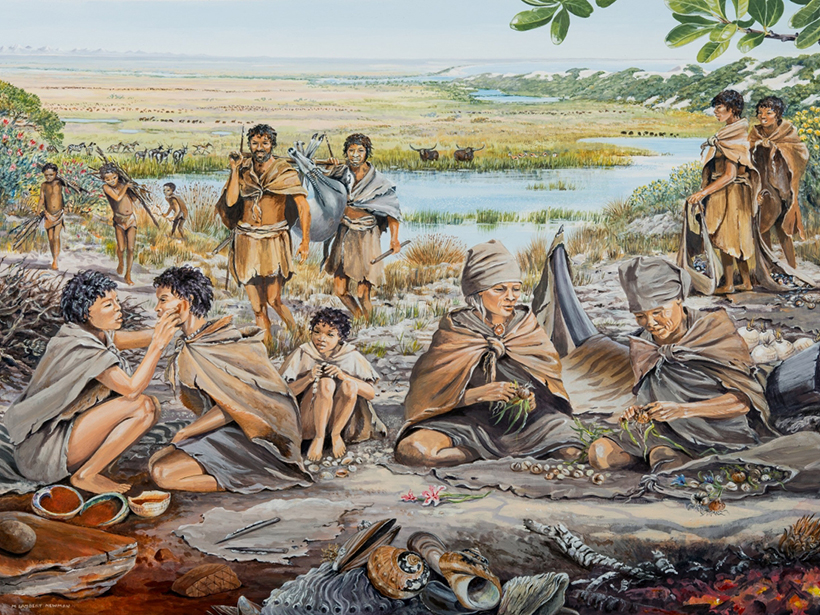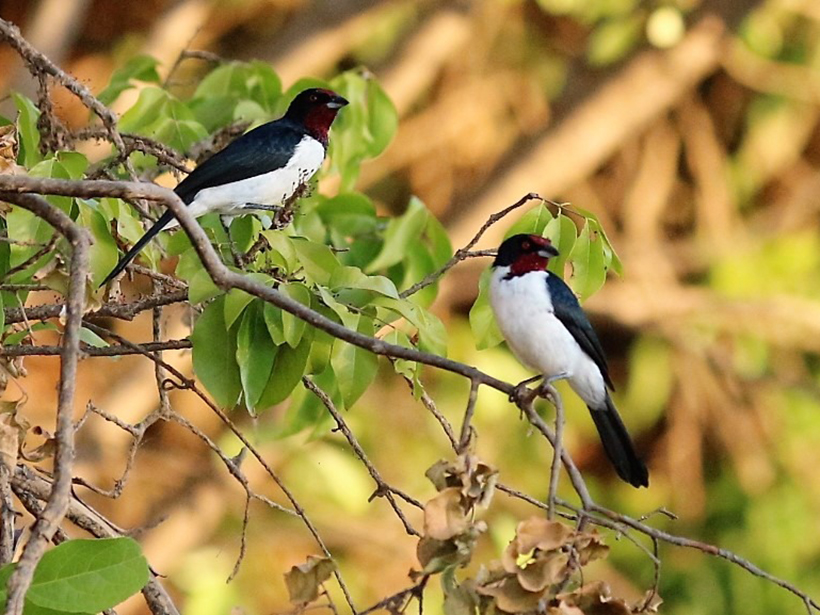Rare earth element tracers provide insight into how fire and wind transport influence the vegetation state of the world’s drylands.
grasslands
Veterinary Antibiotics Reduce Soil Carbon Sequestration Capacity
Livestock grazing areas sequester less carbon than those under wild herbivores.
Large Herbivores May Improve an Ecosystem’s Carbon Persistence
The grazing habits of wild animals like elephants and boars enable long-term carbon storage, according to new research that stresses the need to align climate mitigation goals with biodiversity conservation.
Amazon Forests Are Turning into Savannas
Floodplain forests have low resilience to repeated exposure to wildfires. As climate change increases the instances of fires, forests may transform to less productive grassland ecosystems.
A Lost Haven for Early Modern Humans
Sea level changes have repeatedly reshaped the Paleo-Agulhas Plain, a now submerged region off the coast of South Africa that once teemed with plants, animals, and human hunter–gatherers.
Birds Are Getting Caged In at Brazil’s Savanna
Deforestation and climate change threaten life in the Cerrado. A new study shows how few places there are left to go.
Great Plains Plants Bounce Back After Large Wildfires
An analysis of nearly 1,400 wildfires suggests that some postfire techniques used to help restore vegetation may be unnecessary.
Prairies, Potholes, and Public Policy
Studying the Prairie-Pothole Region of North America could help improve water resource management across the continent.
Mushrooms Could Provide a Record of Grassland History
Scientists measured carbon isotopes in certain types of fungi to assess whether the organisms can track how climate change is affecting grasses.
Mysterious "Fairy Circles" Continue to Enchant Scientists
Researchers revisit an old theory about the ethereal patterns of vegetation that form in some arid landscapes.










